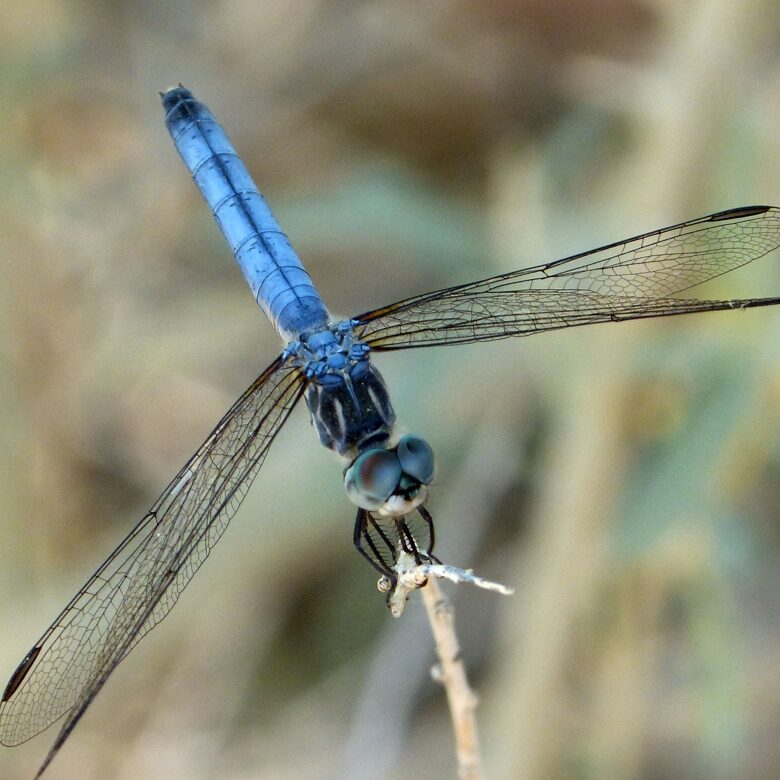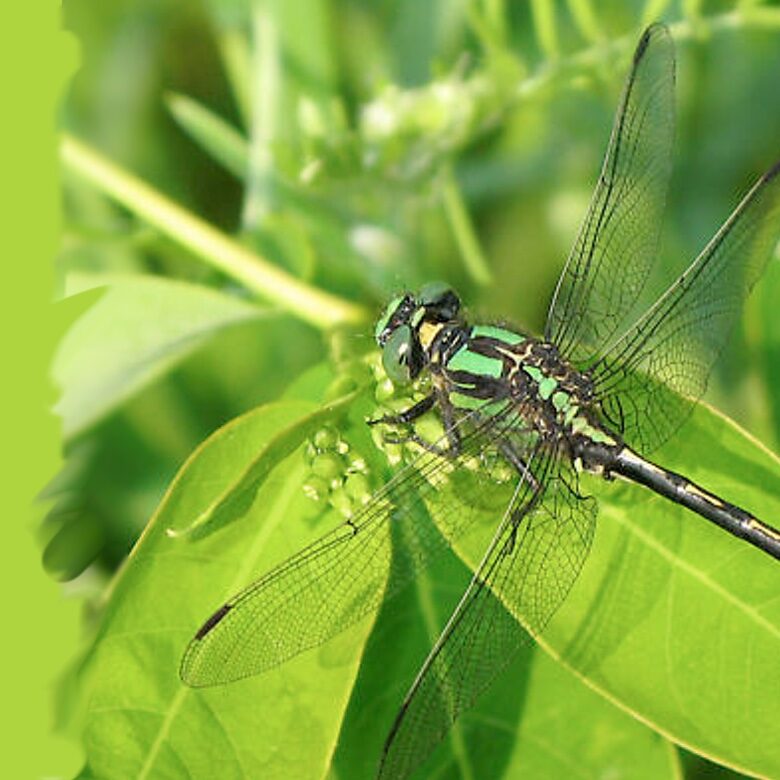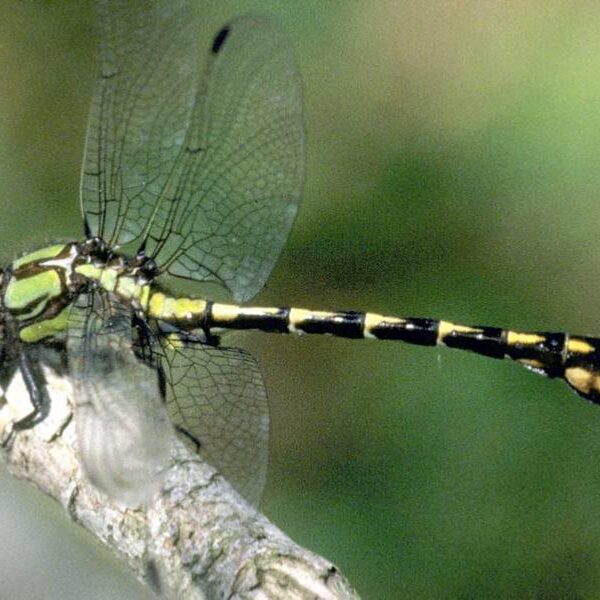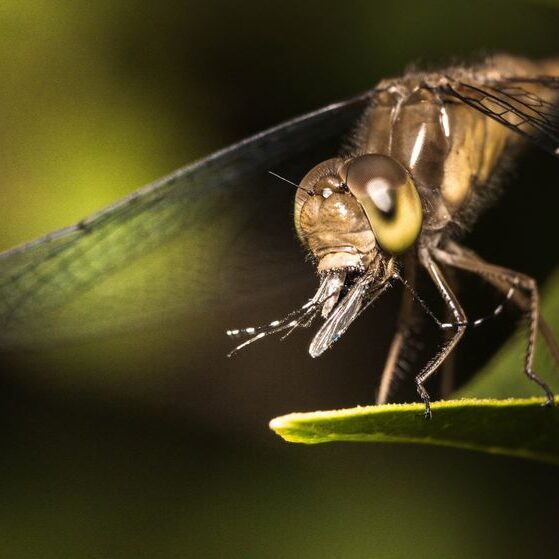explore
Dragonflies & Damselflies

Water Relationships
These insects lay their eggs in water or on vegetation very close to water. All start out their lives as nymphs, and remain underwater during this stage for about 1-2 years. As adults, they will travel away from water to feed, but must return to reproduce and lay eggs to start a new generation.
Riverbank and Shoreline Relationships
These insects will sometimes lay their eggs on vegetation near the shoreline. They also may use the riverbank to rest between hunting and breeding.


Plant Relationships
Dragonflies and damselflies need plants to keep them sheltered from wind, weather, extreme temperatures, and predators. Many species also rely on plants to lay their eggs.
Relationships with Other Animals
These insects are generalists, meaning they will eat many different types of prey (mostly insects), depending on what is available. While dragonflies and damselflies hunt and eat smaller insects, they are prey for fish, frogs, birds, and spiders in both their nymph and adult forms. If the populations of these insects decline, animals that rely on them for food will also decline, while the insects they eat will increase in numbers. These population changes would affect the ecosystem as a whole.


Weather Relationships
When it is very cold, dragonflies will not hunt. Damselflies are a little more adaptable, but even they won’t be able to withstand very cold temperatures. Since the nymph stage of these insects can last more than a year, they will spend at least one winter in the water. If the winter is much longer or shorter than average, their life cycle might be impacted.